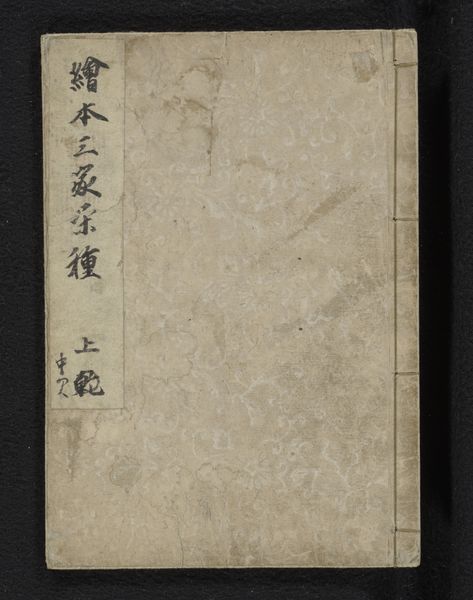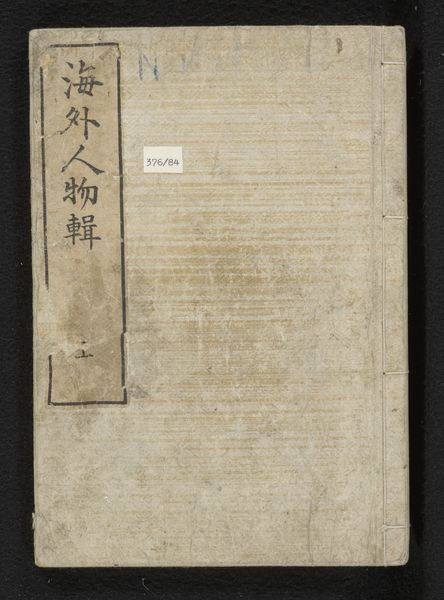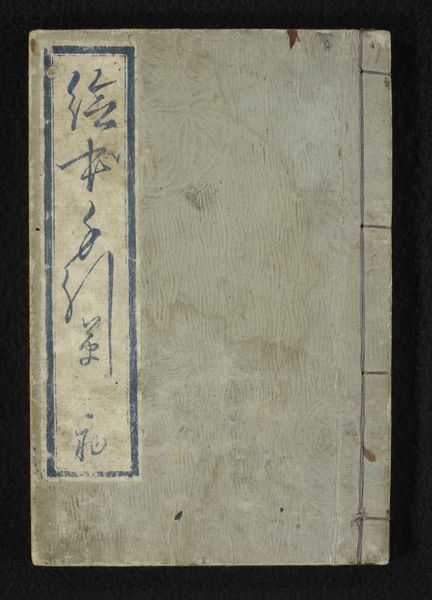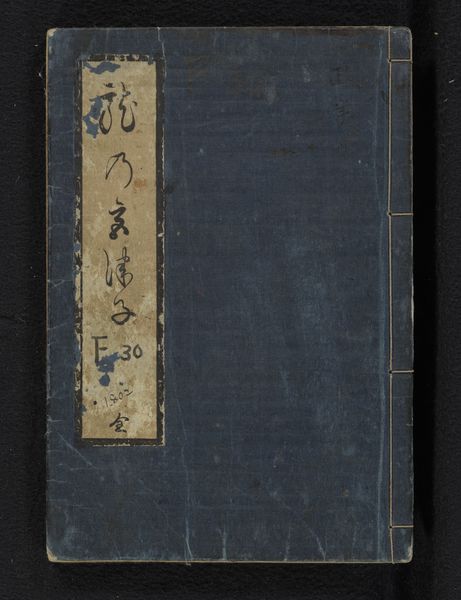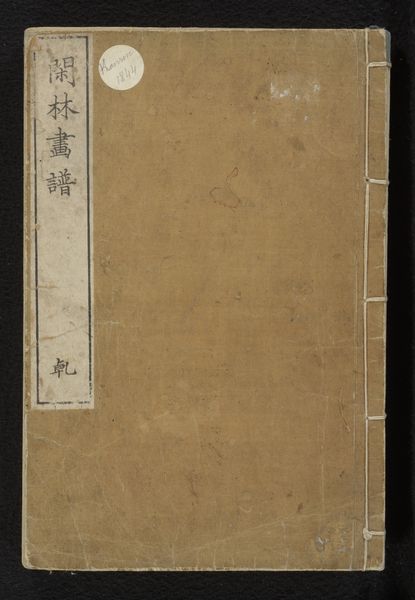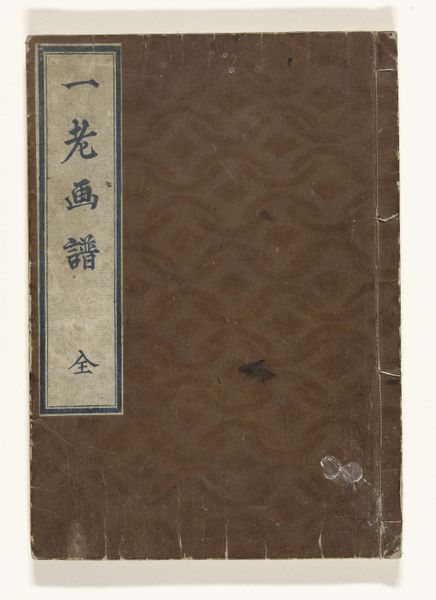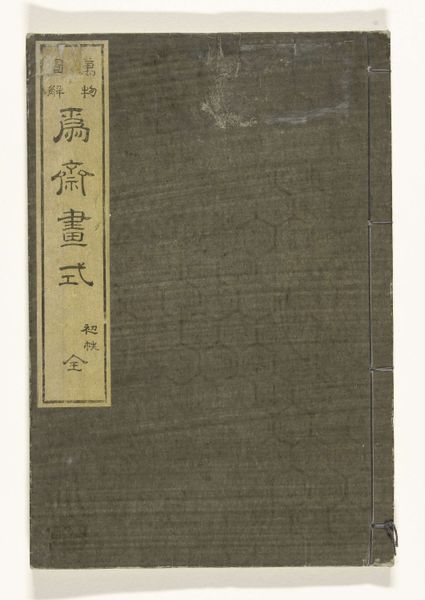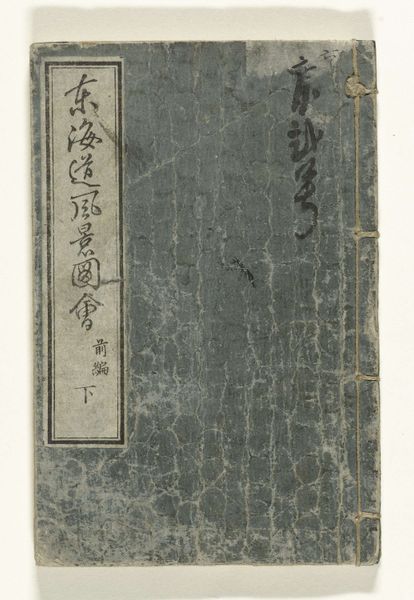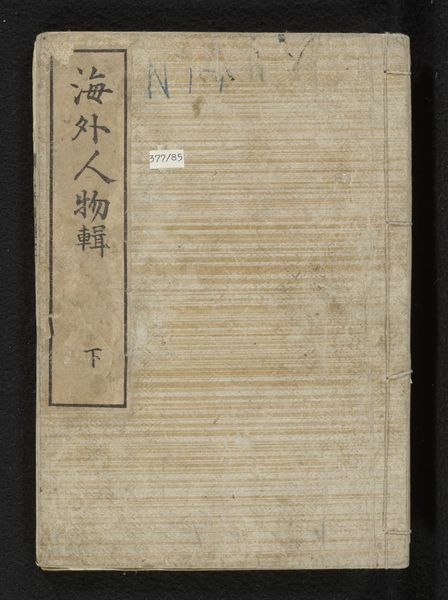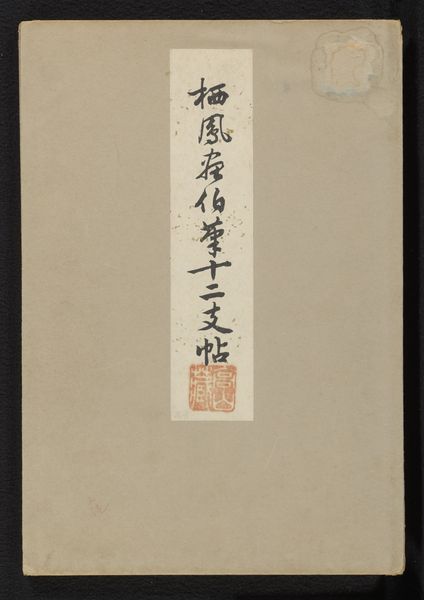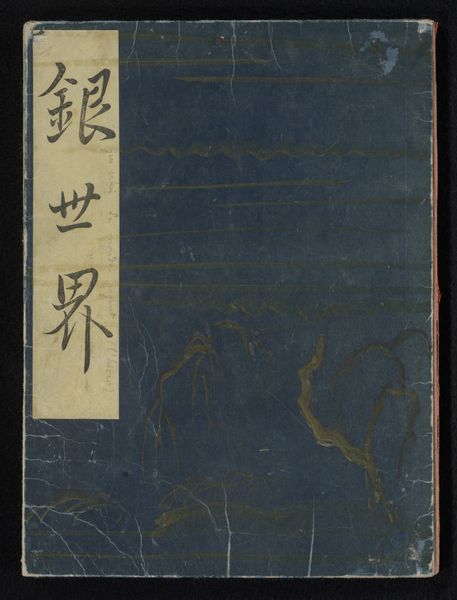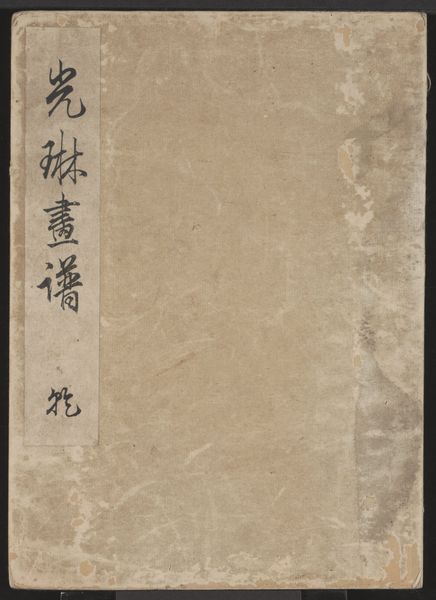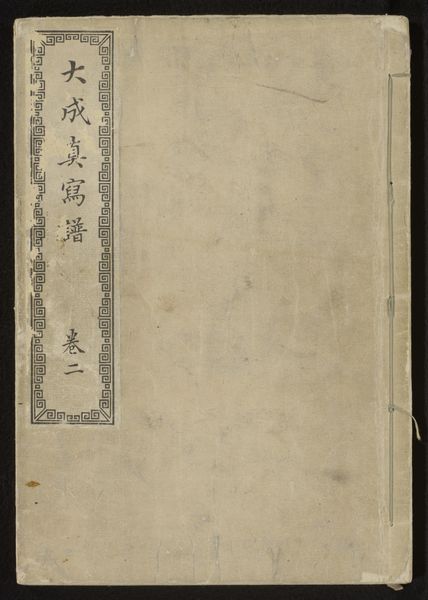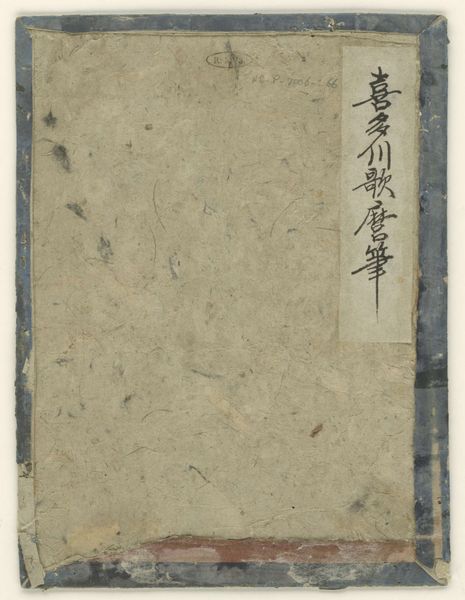
print, paper
desaturated colours
asian-art
ukiyo-e
paper
calligraphy
Dimensions: height 252 mm, width 178 mm
Copyright: Rijks Museum: Open Domain
Editor: Here we have Katsushika Hokusai's "Beroemde blikken op de Oostelijke hoofdstad," created in 1815 using print on paper. There's an incredible sense of age and history about it. The subdued palette gives it an almost ghostly feel. What cultural narratives do you see at play here? Curator: It is indeed a work that invites us to reflect on cultural memory and the construction of identity. This print is more than just an image; it's a statement about Edo-period Japan's relationship with its capital and the representation of place. Consider the rise of the merchant class during this time and how ukiyo-e prints, like this one, served as both art and commodity. What does the commercial availability of such imagery tell us about social hierarchies and access to representation? Editor: That’s a great point; the intersection of art and commerce must have had significant social implications. Were these prints a way of democratizing art, or did they create new forms of exclusivity? Curator: A fascinating tension, isn't it? On one hand, the mass production of prints made them more accessible to a wider audience, including the emerging middle class. This offered new possibilities for self-representation and the shaping of cultural narratives. However, we must also examine how these images were consumed and circulated. Who had access to them, and what ideologies did they perpetuate? These are crucial questions for understanding the complex power dynamics at play. Also, consider the representation of gender and labor in similar prints. What stories are being told, and whose voices are excluded? Editor: I see. So, analyzing who is represented, who is consuming the art, and what values are being promoted really unlocks deeper meanings in this work. I never considered the commercial aspects to be such a lens! Curator: Precisely. By engaging with these intersectional layers, we can challenge dominant narratives and gain a more nuanced understanding of art's role in shaping society. Thank you for such stimulating dialogue. Editor: Thank you for illuminating the social contexts informing how this work operates.
Comments
No comments
Be the first to comment and join the conversation on the ultimate creative platform.
